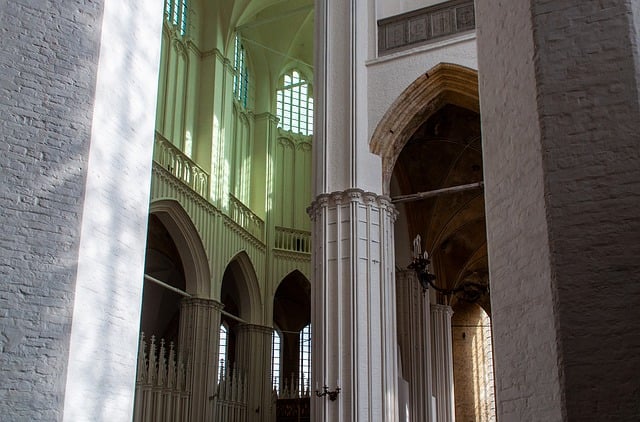Building a Sustainable Future: The Role of Architecture in Environmental Protection
In today’s rapidly changing world, the call for environmental protection grows louder with each passing day. The urgency to address climate change and reduce our ecological footprint is more pressing than ever, and architecture plays a pivotal role in this transformative journey. As we navigate the complexities of sustainable design, we must recognize that our built environments can cultivate harmony between nature and human habitation.
The Intersection of Design and Nature
Architecture has always been a reflection of society’s values and needs. As we increasingly prioritize environmental protection, architects are challenged to create spaces that not only serve their inhabitants but also respect and enhance the natural world. This intersection of design and nature fosters a symbiotic relationship where buildings do not just coexist with their surroundings but actively contribute to their preservation.
Innovative Sustainable Practices
Modern architectural practices are embracing innovative methods that significantly reduce their environmental impact. From incorporating renewable energy sources like solar panels to utilizing sustainable materials, architects are finding ways to design structures that generate more energy than they consume. Green roofs, rainwater harvesting systems, and energy-efficient building techniques exemplify this commitment to sustainability.
Biophilic Design: Connecting Architecture and Nature
One of the most significant trends in contemporary architecture is biophilic design, which emphasizes the human connection to nature. By integrating natural elements into architectural plans—such as green walls, natural ventilation, and ample daylight—these designs promote not only a healthier living environment but also foster a sense of well-being among occupants. This paradigm shift recognizes that human health and environmental protection are inextricably linked.
The Community Impact
Architecture can also play a crucial role in empowering communities. By designing eco-friendly public spaces, community gardens, and local centers that prioritize sustainability, architects can cultivate a culture of environmental stewardship. Engaging local residents in the design process ensures that their needs and values are reflected, creating a sense of ownership and responsibility towards the local environment.
Affordable Housing and Sustainability
Sustainable architecture is not limited to luxury developments; it extends to affordable housing solutions that prioritize environmental protection. By utilizing modular construction techniques and sustainable materials, architects can design homes that are not only accessible but also environmentally friendly. This approach fosters social equity while addressing pressing environmental issues.
The Future of Architecture
As we look toward the future, it is clear that architecture must evolve to meet the needs of a changing planet. The integration of technology, sustainability, and community-focused design will be essential in shaping structures that contribute positively to the environment. Architects who embrace these principles will be at the forefront of a movement toward a more sustainable and resilient world.
In essence, the responsibility of architects extends beyond the physical buildings they create. By prioritizing environmental protection in their designs, they contribute to the well-being of not just the present generation, but also the future. Together, we can build a sustainable future, one structure at a time.




